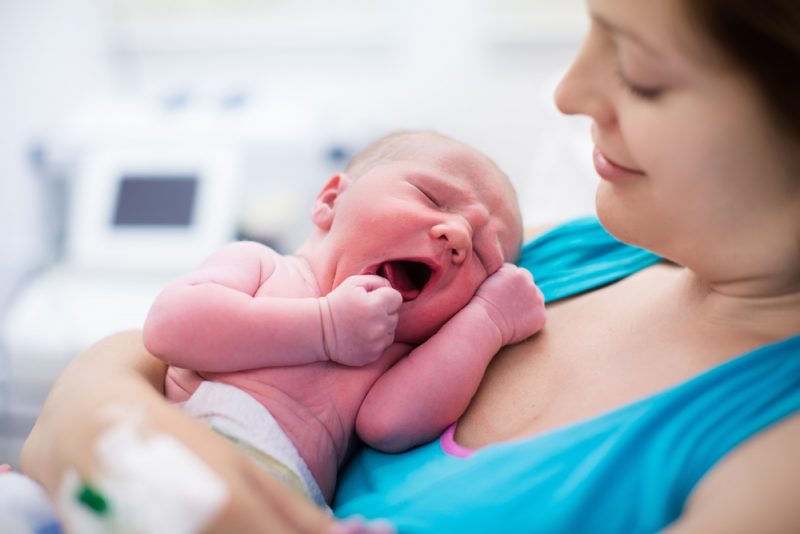The decision about where to have a baby can be the most critical decision expectant parents face. It’s even more important than deciding whether or not you’ll name your baby after Grandpa Horace.
The vast majority of births in America occur in a hospital, but in 2014, almost 60,000 women gave birth outside of a hospital environment. By percentage, that means 1.5 percent of all births that year were not in a hospital. A hospital is the default option unless you have access to a birthing center or feel comfortable with a home birth. But you’ll probably have some choice regarding where you want to deliver. Here are three questions to ask as you pick a hospital.
What’s the C-section rate?
A 40-year-old diabetic woman delivering her first child is going to be at a higher risk of needing a C-section, but there are other factors at play as well. Research shows that the hospital you pick can also play a huge role in determining if your baby is delivered vaginally or via surgery.
In America, around one in three babies are born via C-section, so it’s quite a common procedure. Some health experts say it’s too common, though, and there are hospitals that will try to push moms into a C-section because it’s more convenient for the hospital staff. Going into labor on a busy August night could make you more likely to get a C-section than if you go into labor on a quiet January morning. Look at hospital reviews to find out how the staff responds during particularly busy nights in the maternity ward.
To find out the C-section rate of hospitals in your area, you can simply call and ask. If you’d rather not make a phone call, then you may be able to find it by searching online. In certain cases, the hospital with a 30 percent C-section rate is still a better option overall than the hospital with a 20 percent C-section rate. Regardless, it’s good to have as much information as possible before your water breaks.
Can you eat during labor?
In TV shows and movies, women are never allowed to eat during labor, and that’s not a Hollywood invention. The no-food rule stems from a time when expectant moms had to get general anesthesia before a C-section. If you eat before general anesthesia, you risk choking on your own vomit during surgery. Hospitals don’t want you to hire a personal injury attorney because they gave you food and something went wrong.
But C-sections aren’t done the same way anymore, and the risk of aspirating is lower with an epidural or spinal block. The American Society of Anaesthesiologists says that healthy women in labor should be able to eat a light meal. Despite that, many doctors are traditionalists and don’t allow food in the delivery room, at least not until after the baby has been welcomed. Ask both the hospital and your doctor about their policy regarding eating during labor. You need food to fuel your body for the hard work of giving birth.
Who can join you in the delivery room?
In most cases, the father-to-be will join the mother during labor. But most hospitals also allow you to invite one or two other people into the room as long as there’s enough space for doctors to get their job done. Check with your hospital’s policy regarding who can join you when you’re in labor.
Remember that you don’t have to let anyone in besides the medical staff if you don’t want them there. Your mother-in-law may want nothing more than to watch her first grandchild be born, but birth is a highly intimate, vulnerable experience. Because of that, the mother gets the final say on who can come into the delivery room. If a family member is being a pest, you can even ask the hospital staff to have them removed.

